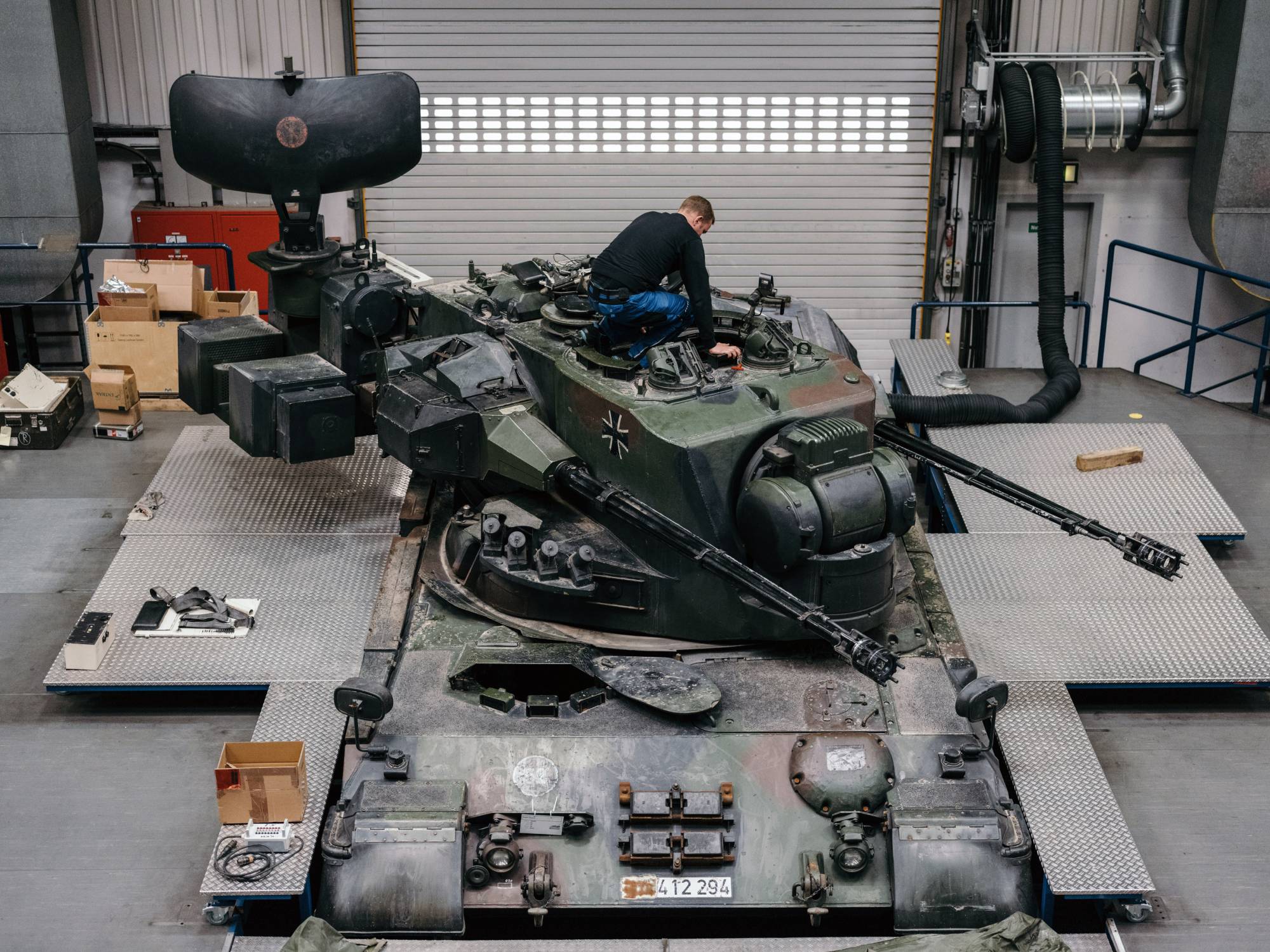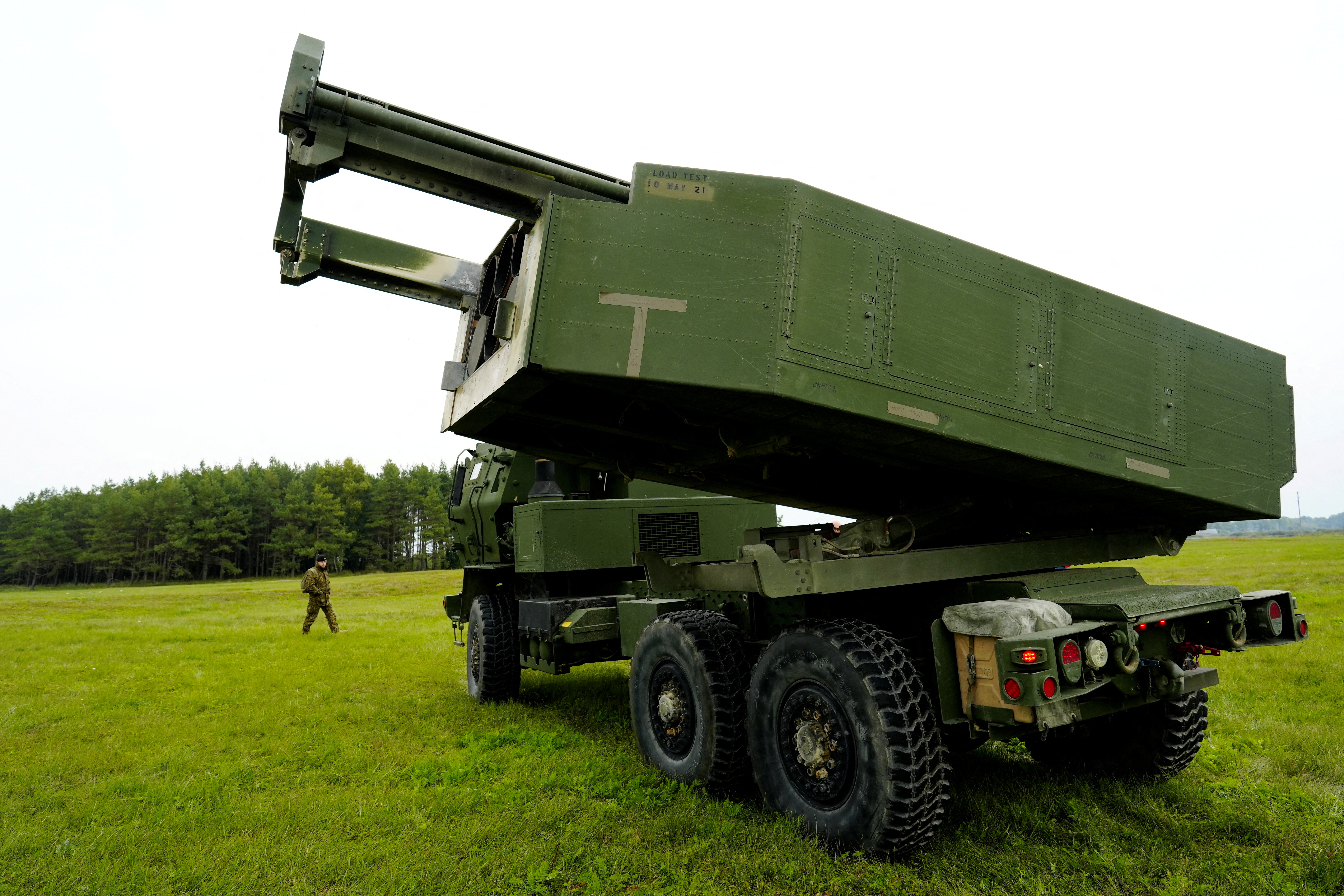Anti Aircraft Ukraine - Sending highly mobile and sophisticated air defense systems to Ukraine is key to keeping Russian aircraft at bay and at risk.
When it comes to helping Ukraine continue to prevent Russia from gaining air supremacy in its skies — a remarkable achievement in a conflict now in its third week — all attention is on the warring nation's dozens of decades-old MiGs. - is on providing. 29 Fulcrum. It was an unfortunate distraction. What Ukraine really needs more than anything else are ground-based air defense systems — surface-to-air missiles, or SAMs — especially those with medium or higher altitude capabilities that are suited to high mobility. And not just any SAM systems that meet the requirements, but Soviet-era systems that have been fully trained to use in combat and provide field support to the Ukrainian military.
Anti Aircraft Ukraine

While securing additional fighter jets for Ukraine's air force, which remains under heavy pressure from the Russian war machine, is one possible aspect of strengthening its air defenses, it is not the most important or the most appropriate. . Fighters are currently the least of the Russian military's anti-aircraft concerns. The presence of medium-to-high SAM threats prevents Russian fighter jets from operating at medium or higher altitudes, effectively making them vulnerable to shoulder-fired surface-to-air missiles (man-portable air defense systems, or MANPADS). pushes into the limits of . , which is roughly defined as anything below 15,000 feet. Thousands of MANPADS of various types have flooded into Ukraine and dispersed to troops across the country – and more are on the way. So far they have been brutally effective, but without the threat posed by more capable air defense systems, opportunities to engage the enemy at low altitudes will diminish. In other words, the presence of one enables the other.
Ukraine War: Poland's Surprise Move To Reject German Air Defence System Causes Stir
The highly anticipated land mobile SAMs further complicate the strategic threat picture for Russia. They are much easier to avoid than their less agile, mostly static counterparts. They can appear practically anywhere and then disappear before conventional counterattacks are possible. Using radar guidance, they are also effective in all weather conditions, day or night.
It has become very clear in recent days that this more robust air defense asset remains a major problem for Russia, which you can read about in our recent article. Despite this, according to the UK Ministry of Defence, a significant decrease in Russian air activity in recent days is likely the reason.
When it comes to SAMs vs. fighters, the US government seems to have reached a similar conclusion. Speaking yesterday, US military chief spokesman John Kirby said that instead of MiG-29s, Ukrainian forces would benefit more from additional deliveries of ground-based air defense systems. While the Fulcrum became a signature weapon for the Ukrainian side early in the conflict and a rallying point for the country's population, Kirby is right that replacing more of these aircraft would necessarily be the least militarily or risk-adverse. Doesn't make much sense. Escalation Potential After all, while Ukraine's Defense Ministry is making big claims about the airstrikes carried out by its fighters, the country's ground-based air defense systems will certainly play a big role in dislodging Russia from air supremacy. Has played a role - to the surprise of many analysts, who expected that Russian air dominance will appear soon. They also limited Russia's ability to provide close air support for its troops, giving Ukraine an additional advantage.
America is not even decided on flying. An expert team was sent to Ukraine in the months leading up to the war to closely assess the country's air defense capabilities and assess its anticipated needs in the event of an attack. In other words, the US has intimate and up-to-date knowledge of how best to help Ukraine keep Russian air power at bay.
U.s. Missiles Sent To Ukraine Aren't Easily Replaced, Panel Tells Senate
Even stranger is that somehow, as part of the MiG transfer drama, some in the media and on Capitol Hill reimagined the utility of decades-old MiG-29 variants. Although these aircraft have ground attack capabilities, somehow they have evolved into a major air-to-ground platform capable of unilaterally destroying massive columns of Russian heavy armor under their own anti-aircraft umbrella. are This is pure fantasy created by people who have no idea what the MiG-29's capabilities really are and think it's just a late block F-16 analogy. And yet, even their understanding of what the F-16 is actually capable of must be Hollywood action movie-level and completely detached from reality. So no, a MiG-29 armed with some rocket pods or some stupid bombs won't stop Russia's northward advance towards Kiev. And any mission of this type has a high chance of being a one-way trip, regardless.
Even in the air-to-air domain, it is true that the MiG-29 generation under discussion is at a huge disadvantage compared to its Russian counterpart, especially as Russia learns and adapts to its shortcomings and a- 50 continues to add. Radar aircraft and other capabilities force multipliers into your anti-aircraft battle plans. This MiG 29 era is also heavily dependent on airfield and ground-based radars, some of which remain operational despite the Russian first strike, but the real question is how long.
So while ground-based air defense isn't as sexy a subject as the high-performance fighters flown by Ukrainian pilots, they are far more relevant to the pressing strategic realities facing the country today.

Again, the main point of contention here is that Ukraine needs systems that it can operate on the ground, operate successfully, and maintain.
Ukraine's Small Missiles Are Challenging A Big Invader
, not Western designs that would take months or even years to train, field, and build a logistics train in a war zone to support. Let's hope that the US government and its partners have learned from their big mistake of equipping the Afghan army with advanced Western equipment that it could not sustain on its own after years of trying, and a separate standoff with Ukraine. will follow the path
With all of this in mind, any additional and known air defense systems that could be quickly provided to Ukraine so that it could maintain and even expand its successful air defense campaign would likely will have a significant impact on the course of the battle. the long-term destiny of the country as a whole. The following overview details SAM systems above the MANPADS threshold that are currently in use by the Ukrainian Armed Forces and would therefore be prime candidates to improve their anti-aircraft capabilities in the ongoing air war.
On paper, among the most capable surface-to-air missiles in Ukraine's inventory, at least before the outbreak of war, was the S-300P (SA-10 Grumble), the Soviet-designed S-300. is one of the first iterations. A family of long-range SAM systems.
The earliest examples of this system operated by the Ukrainian military are the S-300PT variants, which first entered service in the late 1970s and use trailer-mounted launchers, radars and command posts. The Ukrainian Armed Forces also fielded S-300PS systems, which were first introduced in the mid-1980s and incorporated various components into the 8x8 MAZ-7910 truck chassis for greatly improved mobility.
Maintaining A High Level Of Readiness\
A trailer-mounted launcher attached to one of Ukraine's S-300PT systems during a firing exercise in Kherson region, 2018, Ministry of Defense of Ukraine
It is unclear how many of these systems were still in service or in storage in Ukraine before the current conflict began, although previous estimates suggest that 250 launchers remain in inventory.
The current organizational structure of Ukraine's S-300 units is also unknown, but a typical S-300PS battery may consist of three transporter erector launchers (TELs), two of which act as transloaders to be able to recharge each other. are also capable of Along with the other two vehicles, one carries a 5N63 or 30N6 flap lid phased array engagement radar and the other is configured as a mobile command post. Eight firing batteries, combined with other command and control nodes and radars, such as the 36D6 Tin Shield surveillance radar, form a complete S-300PS system.

Although the S-300PS system can fire various types of interceptors, the 5V55R missile, which has semi-active radar terminal guidance, is the main type available to Ukraine and has a maximum range of 56 miles and targets at high altitudes. can include
At A Secret Airfield In Eastern Europe, A Multinational Effort To Send Weapons To Ukraine Proceeds At High Speed
Ukraine's Defense Ministry claims that at least some of its S-300PS systems are still operational. For example, they reportedly contributed to the downing of four Russian Su-25 attack aircraft and two helicopters, as well as two cruise missiles, during the night of March 8-9. Some elements of these systems may be destroyed by Russian forces.
There are several potential sources of additional S-300s within NATO that could be available for transfer to Ukraine. Bulgaria has a complete S-300PMU system, while Slovakia inherited a battery after the breakup of Czechoslovakia. Greece has 12 S-300PMU-1 systems, one
Ukraine aircraft carrier, anti aircraft gun, anti ukraine, anti aircraft artillery, ukraine aircraft manufacturer, ukraine aircraft, ukraine aircraft industry, anti aircraft, anti submarine warfare aircraft, aircraft anti collision lights, anti-aircraft, anti aircraft game


0 Comments